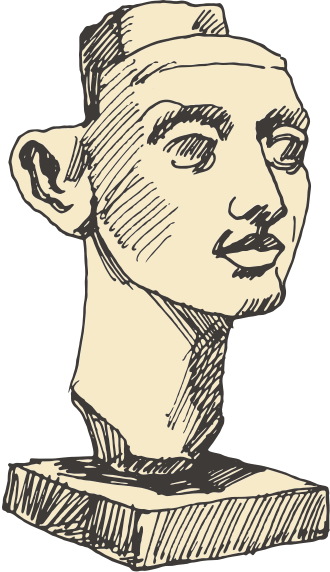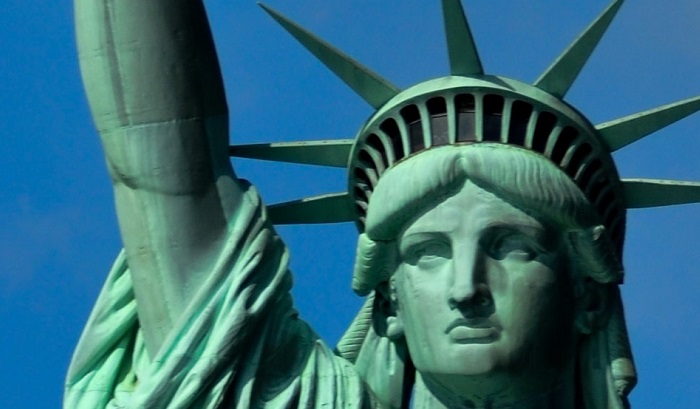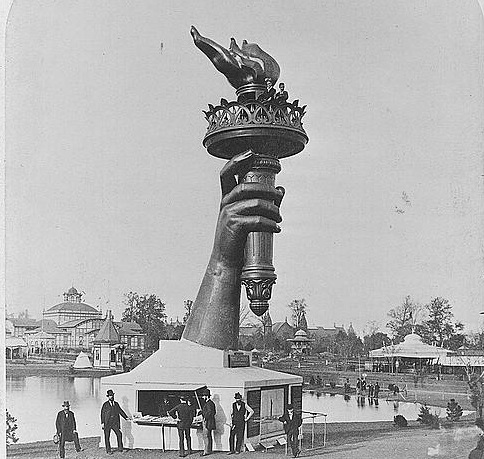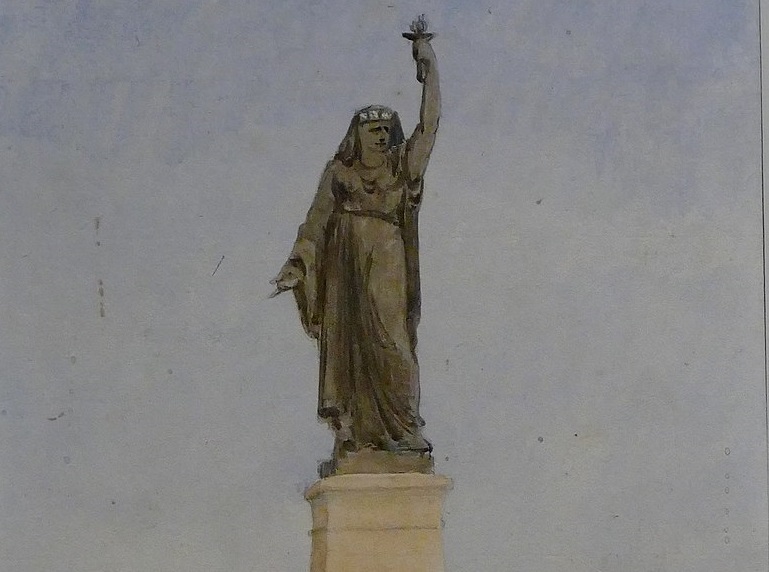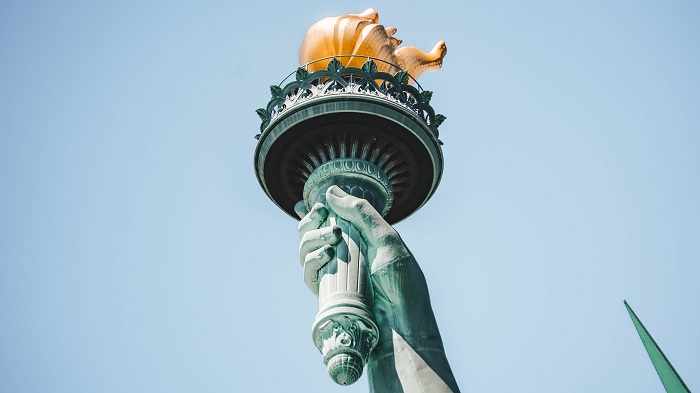How Well Do You Know Lady Liberty?
When someone mentions notable works of art, the mind often turns to famous paintings and sculptures in a museum. Van Goghs and Rodins. It’s less common to leap to thoughts of 150-foot women.
But that’s just what the Statue of Liberty is: one of the most famous, most fantastic works of art in the modern world. Everyone knows she’s a beacon of inclusiveness and came from the French, but hers is a long and winding story. In honor of her turning 135 years young this year, here are seven things you probably didn’t know about that jolly green giantess, the Statue of Liberty.
1. That’s Not Her Name
Y’know how the Mona Lisa isn’t actually titled The Mona Lisa but everyone calls her that anyway because Portrait of Lisa Gherardini, wife of Francesco del Giocondo hardly rolls off the tongue? Same here. Lady Liberty is officially Liberty Enlightening the World. Stirring! But a little lofty for everyday use.
2. She Wasn’t Really a Gift
Literally everybody knows the statue was a gift from the French. But sacre bleu, that just ain’t true! The brainchild of anti-slavery activist Édouard René de Laboulaye and sculptor Frédéric Auguste Bartholdi, the statue was paid for in part by the French government and in part by countless fundraising events. Among those, Bartholdi charged admission to watch the statue’s construction and asked France for permission to run a national lottery.
The pedestal, meanwhile, was paid for by Americans—and efforts to do so nearly failed.
3. She Almost Didn’t Happen
Both Congress and the State of New York rejected bills to allocate money for the project of building the pedestal, and the committee in charge of the pedestal only had $3,000 in the bank, nowhere near enough to cover the expense. Fundraising in the 1880s helped—Emma Lazarus wrote the poem “The New Colossus,” with the immortal lines “Give me your tired, your poor, your huddled masses yearning to breathe free,” to raise money—but funds fell short. The torch had been displayed in Philadelphia in 1876, as you can see above, and the head in Paris in 1878, to much acclaim, but prospects were bleak.
And then Joseph Pulitzer promised to publish the name of every single donor to the project in his newspaper The New York World, no matter how small the donation. As word of children scrounging together dollars and cents to help build Lady Liberty’s home spread, donations flooded in and the project was saved.
4. But Seriously, She Almost Didn’t Happen
Long before money was even a question, Bartholdi had a very different idea for his colossal work. In the 1860s, he approached Egypt with a proposal to build a mighty lighthouse, in the form of an ancient Egyptian woman, at the mouth of the Suez Canal. Dubbed Egypt Carrying the Light to Asia, pictured above, the project never happened—partly because Bartholdi had to go serve as an officer in the Franco-Prussian War, after which he decided to approach prominent Americans with an idea for a giant robed lady statue.
5. She Nearly Ended Up Just About Anywhere But the Hudson River
When Liberty’s torch and right hand were displayed in Philadelphia as part of the 1876 Centennial, fairgoers paid enough money to climb into the flame that Bartholdi could afford to build the statue’s head. And he was so pleased with Philly’s enthusiasm that he considered giving it to them. (Ahem, never mind that the torch then spent six years in New York’s Madison Square Park!)
Boston tried to get its hands on the statue in the 1880s, when fundraising for the pedestal was foundering. A New York Times editorial insisted that “no third-rate town is going to step in and take it from us.” OK then!
As for New York, Bartholdi originally scouted out Prospect Park in Brooklyn and the shiny new Central Park as possible sites for the statue. Man, the Sheep Meadow would be so different with an enormous green lady towering over it.
6. The Torch Is a Fake!
Well, sort of. When the statue was renovated in the 1980s, it was found that the torch had suffered serious corrosion damage. Windows installed in 1916 had let in wind, snow, and rain. So French artisans built a new torch, modeled to look exactly like the original and built using the same methods Bartholdi had a hundred years before. The old torch can now be found downstairs in the Statue of Liberty Museum.
7. Thomas Edison Wanted to Make Her Talk
In the world of strange ideas, this ranks pretty high on our list. Edison unveiled the phonograph in 1878, when the Statue of Liberty was under construction. He suggested he could install an immense phonograph—basically a primitive stereo system—in the statue to blast speeches across Manhattan and New Jersey. If Ghostbusters II taught us anything, it’s that the last thing Lady Liberty needs is a sound system.
~
Image credits: Lead image by Ferdinand Stöhr on Unsplash; closeup by Serena Repice Lentini on Unsplash; torch in Philadelphia in the public domain via Wikimedia Commons; “Egypt Carrying the Light to Asia” in the public domain via Wikimedia Commons; modern torch by Mateus Maia on Unsplash
